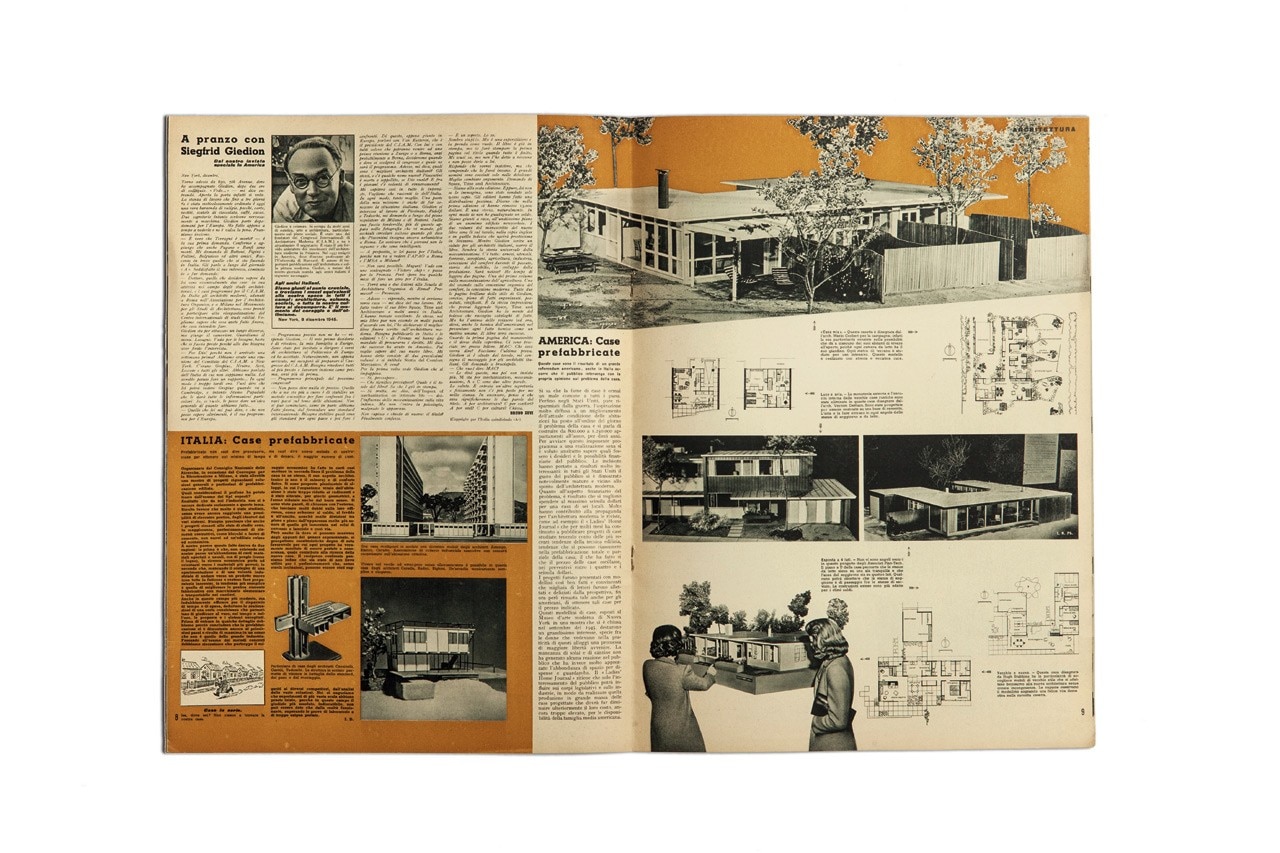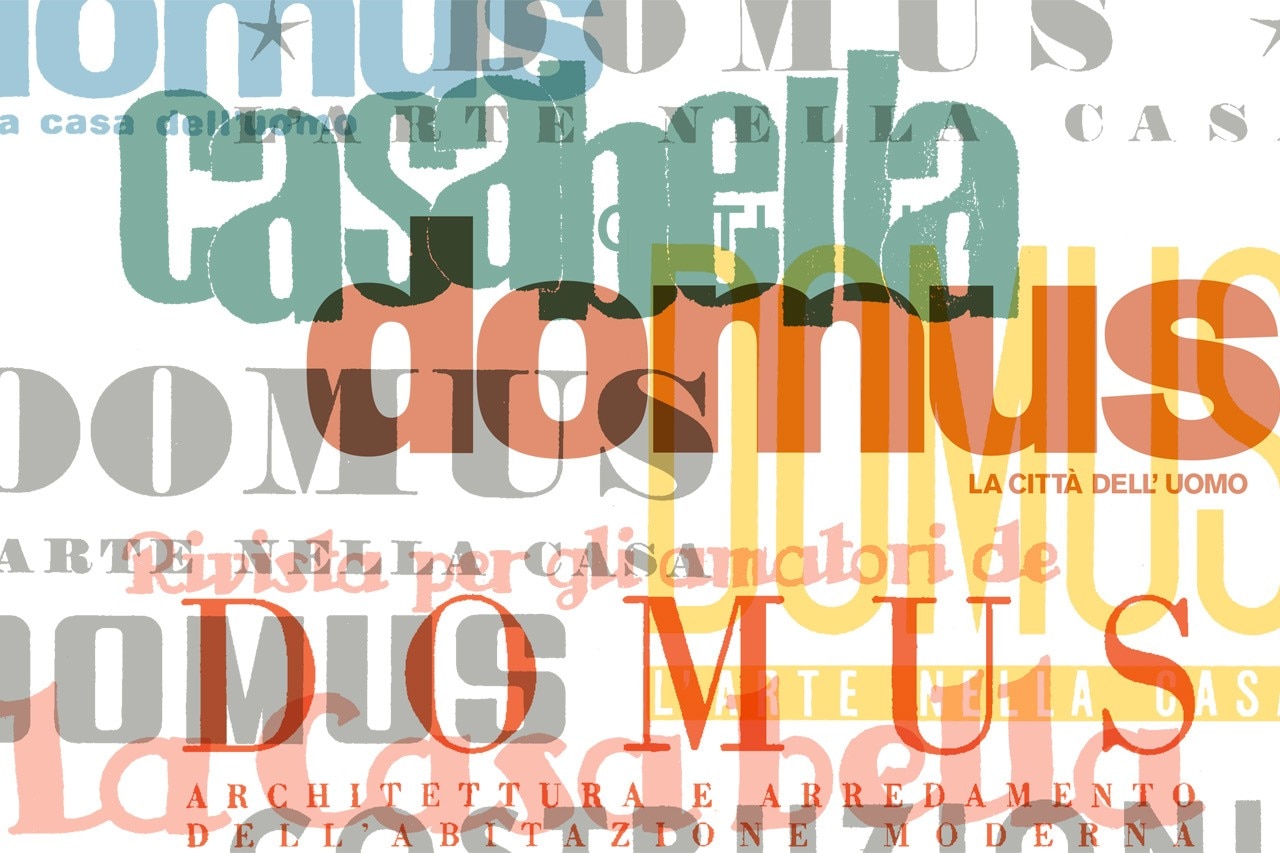Editing Domus, the magazine founded by Gianni Mazzocchi way back in 1928, enables me, and affords me the honour, to recall in his very own pages this extraordinary publisher 30 years after his death. It allows me to talk about how he looked after and supervised his (our) beloved Domus, and how he proudly and in masterly fashion for more than half a century guided it unscathed through times that included some very difficult and complicated moments.
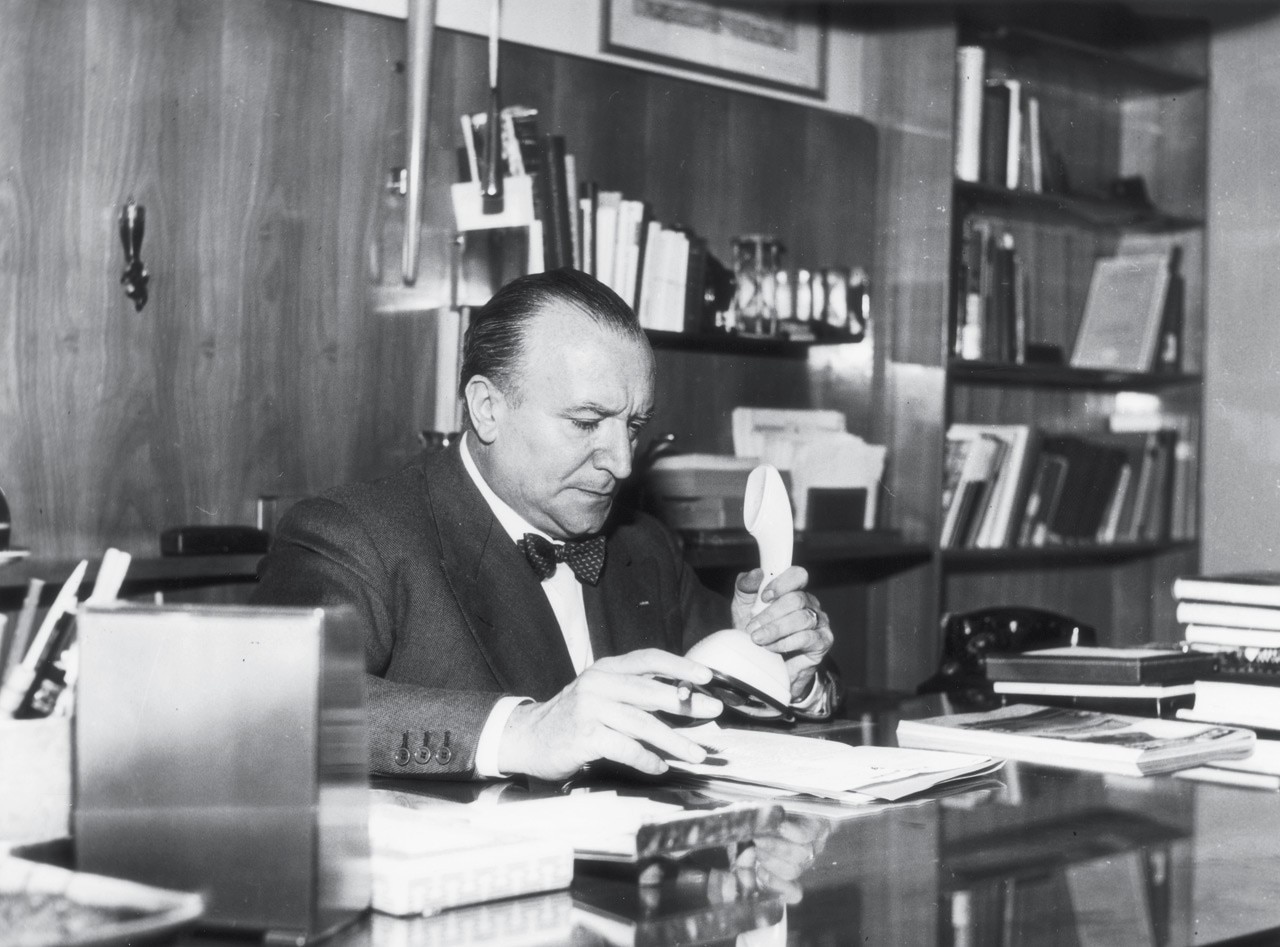
Too important is the man, and too great the heritage envisaged, realised and circulated by him through an infinite number of publications that in the course of time achieved a mythic status, for us not to seize the occasion to revive his memory on this anniversary.
Aimed sometimes at the general public and sometimes at precise cultural elites, the publications created by him succeeded in recounting, in the spirit of truth so to speak, the journey undertaken by Italy in the first half of the last century – often ahead of the times – and in accompanying its tormented modern growth.
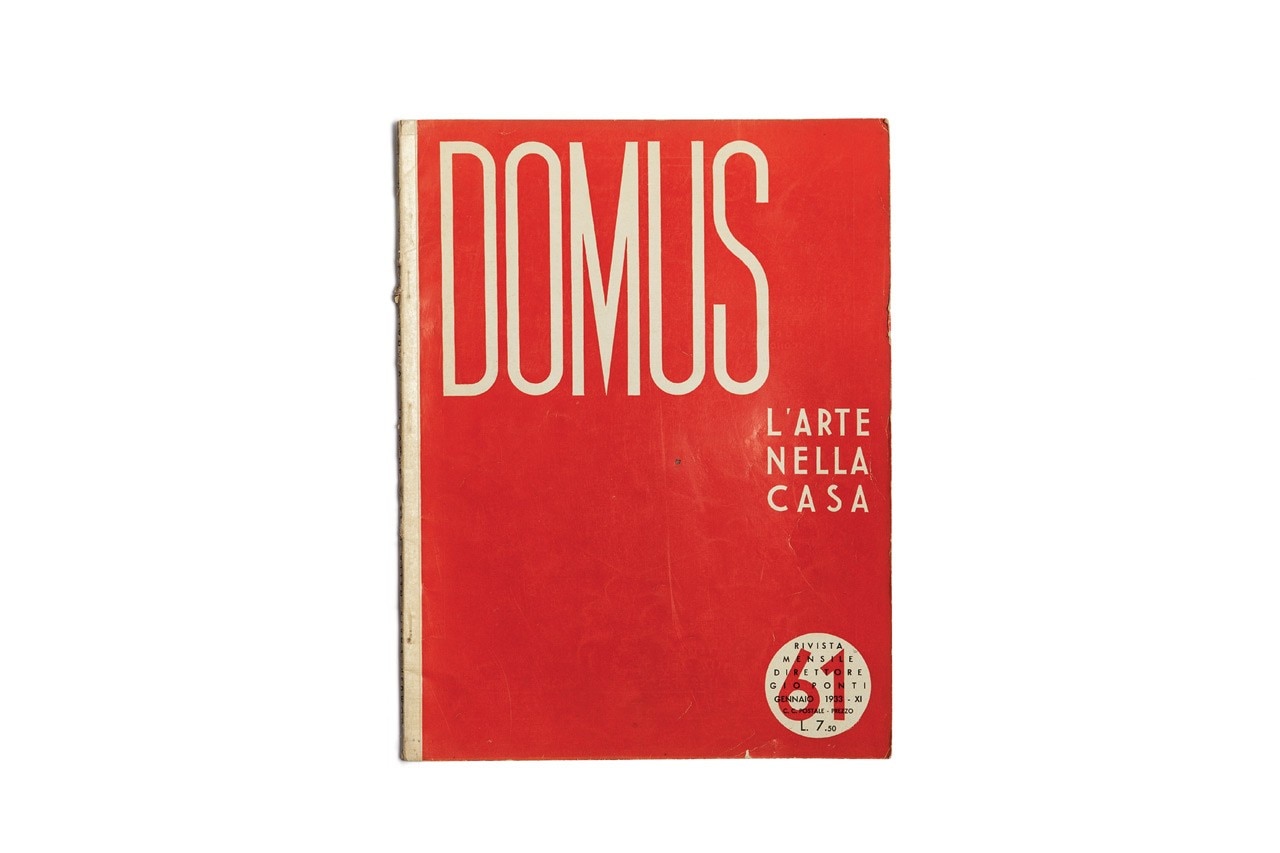
To sum up now, in the space of a few pages the incredible story of such a vast and varied output is impossible, and we are therefore not going to do so. Instead, we want to recall, especially for our younger generations of readers, Gianni Mazzocchi the inventor, the tireless animator of the fantastic adventure embarked upon with his publishing house, Editoriale Domus.
It is said that this man revolutionised the Italian press. He in fact created a staggering quantity of periodicals and editions, summoning the cream of Italian journalism, literature and the arts of his time to work by his side.
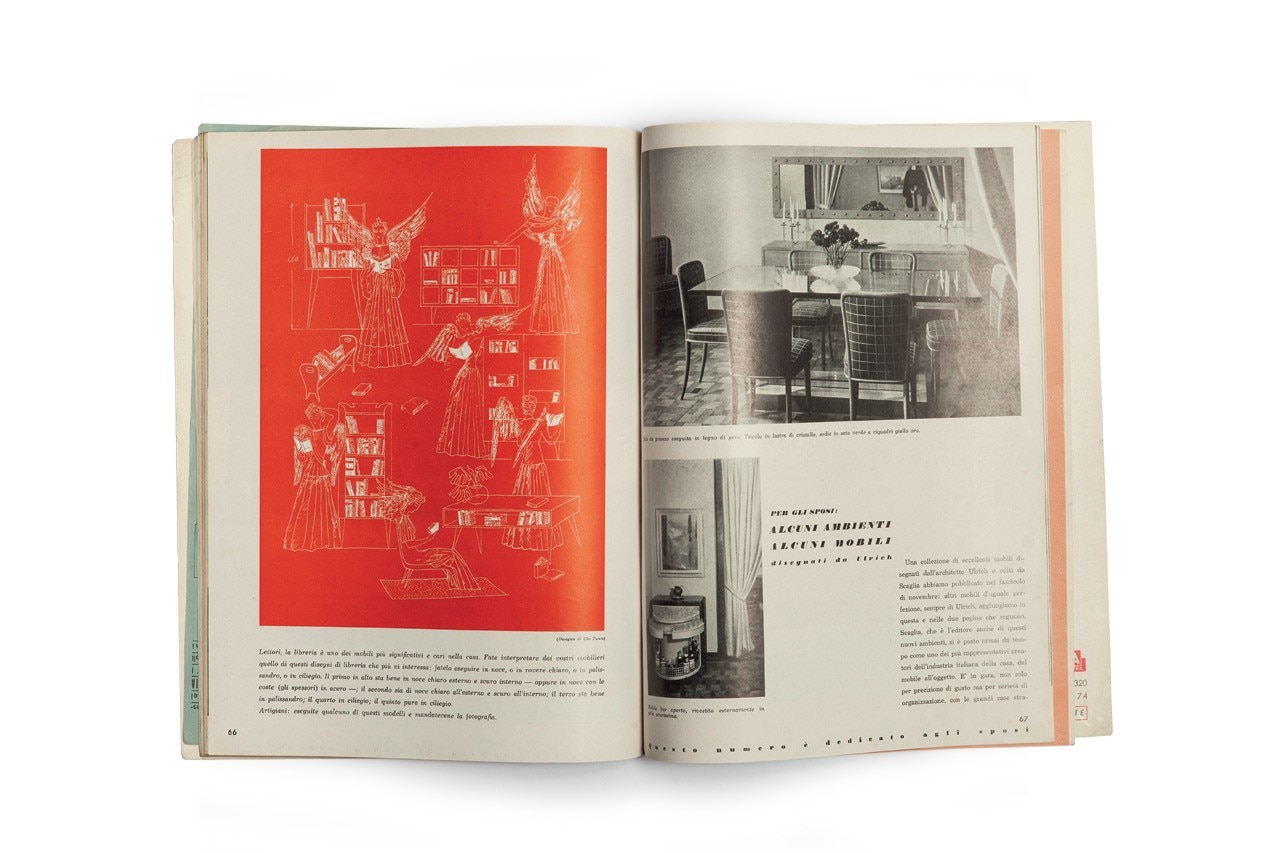
Today however, we can concern ourselves with only a part of Gianni Mazzocchi’s legendary publishing enterprises, and in particular those devoted to matters of living and of human habitation – from homes to cities; an activity that saw him work for many years in close collaboration with figures of the calibre of Gio Ponti, Giuseppe Pagano, Edoardo Persico and Ernesto Nathan Rogers, with whom he designed magazines like Domus and Casabella.
To that same theme he later dedicated other publications too, with publishing formulas that differed widely but always strove to capture the spirit of their time. Hence the birth of other journals, such as A or Stile Industria, and of a considerable number of distinguished volumes and theme collections. There is something incredible about all that output, unparalleled in any other trade publishing worldwide.
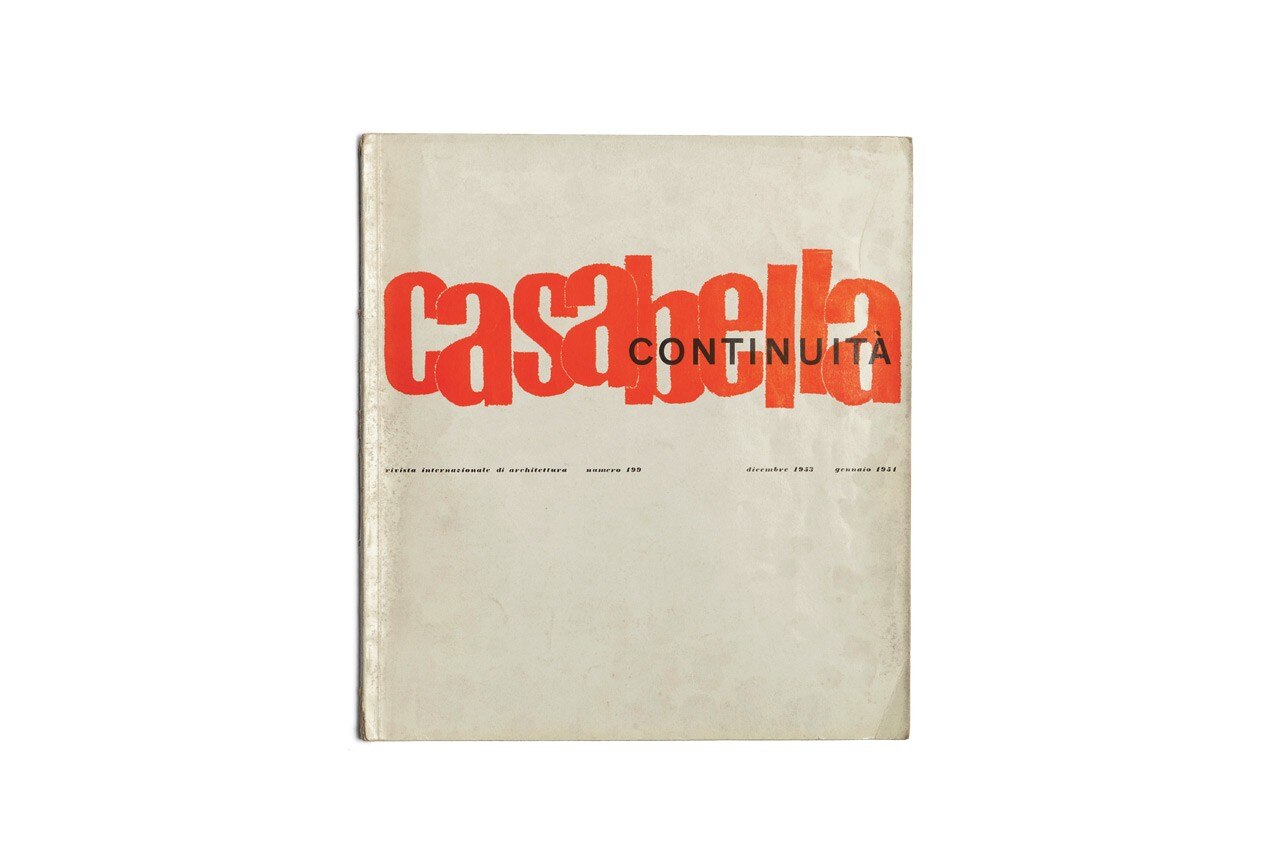
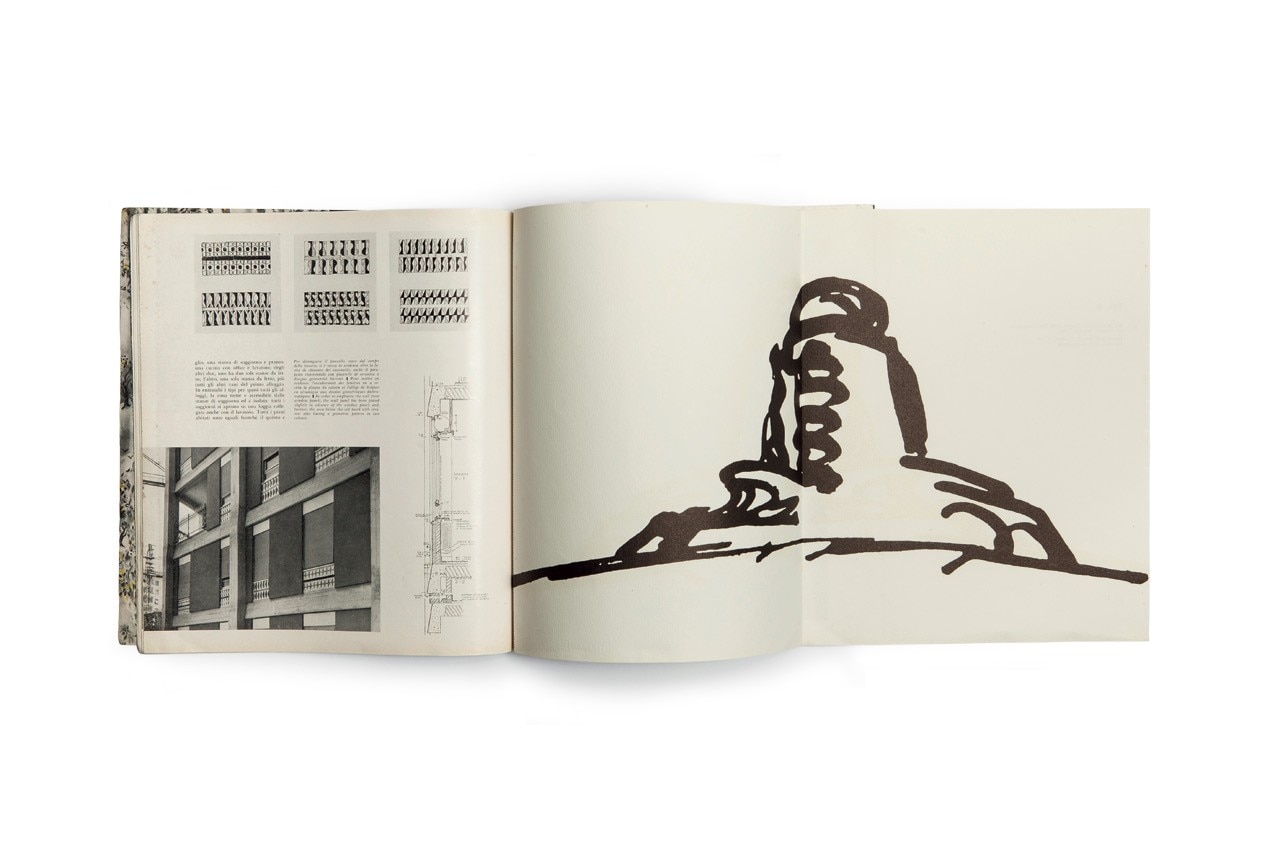
I would like to conclude these brief notes in Gianni Mazzocchi’s own words, in which he outlines a grandiose scheme for his home city, Ascoli Piceno, still waiting since 1983 to be realised.
“Through my magazine Domus I can reach 127 countries. I therefore propose a major international competition, open to architects worldwide and with relevant prizes and an international jury, to save and restore the medieval heart of the city of Ascoli, and to reckon with an expected modern development of up to 200,000/300,000 inhabitants after the year 2000.” ndb
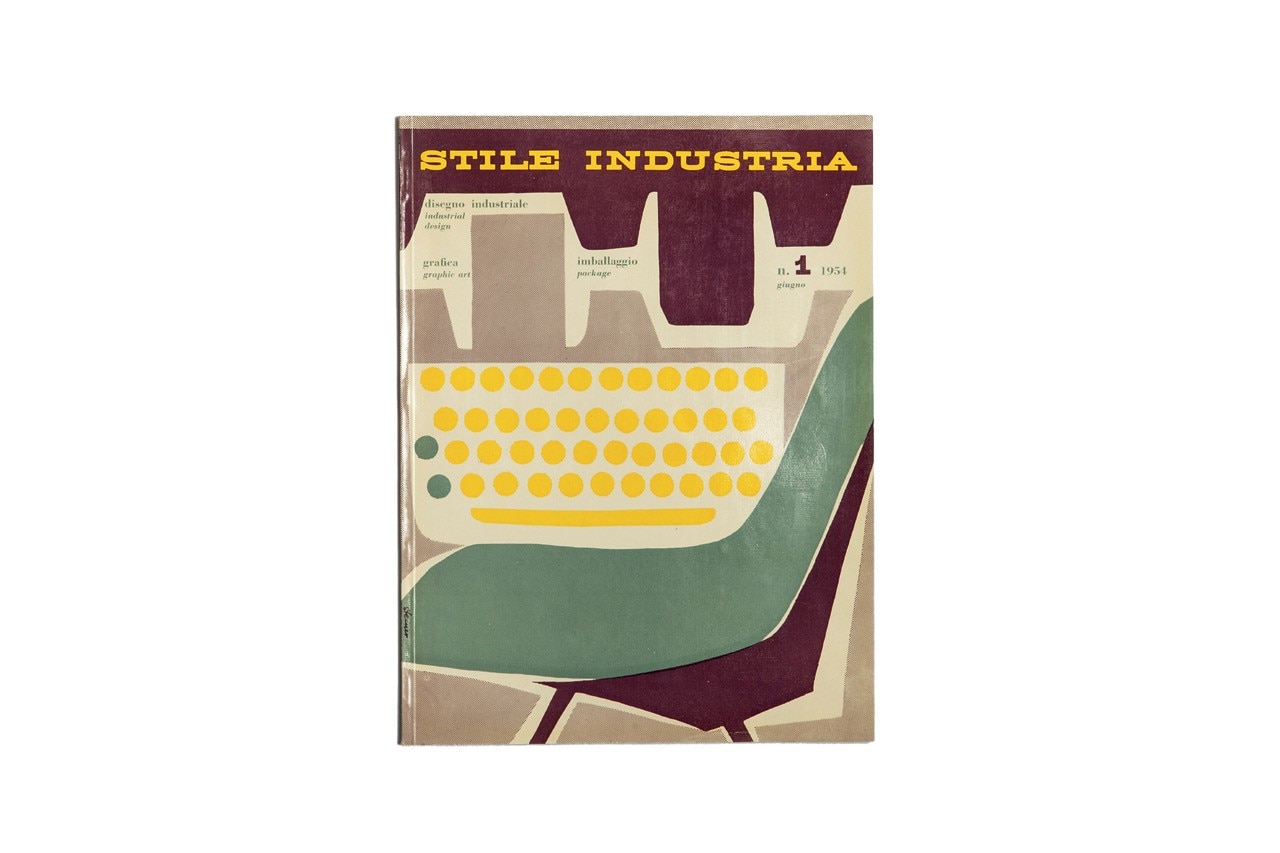
“In entrusting him with this magazine, of which I have been the publisher more than fifty years, I am confident that Mendini, who is fully conscious of Domus’ high cultural standards and prestige, acknowledged throughout the world, will be able to enrich it further by transfusing his own sensitivity and intelligence into the magazine. For my part, I renew my pledge to continue to offer our readers a still better journal, abreast of reality and open to all topical issues.”
Gianni Mazzocchi, on the occasion of the appointment of Alessandro Mendini as editor-in-chief of Domus, in Domus 596, July 1979.
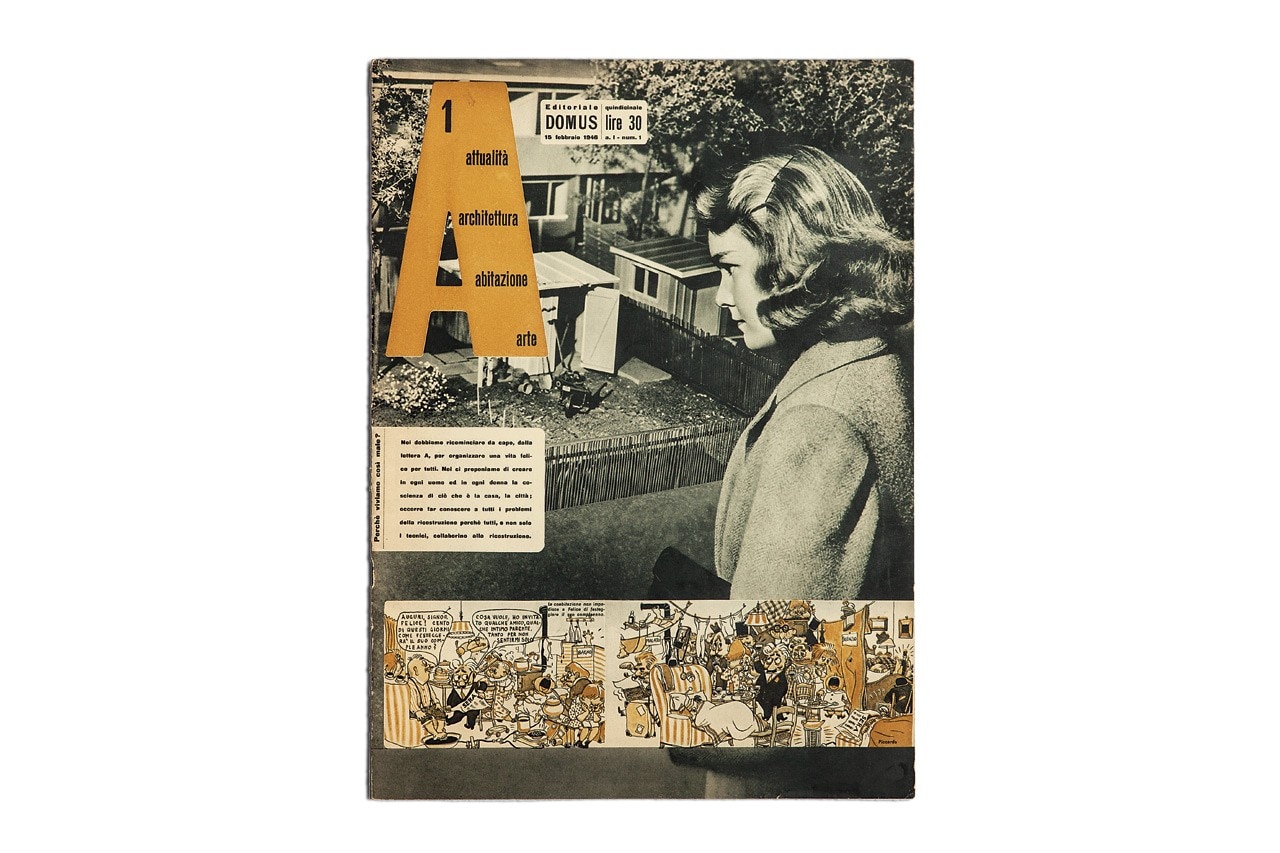
“Casabella was born when Montecatini had just built its first headquarters in Milan, to a design by the architect Giovannozzi. Today, Milan’s skyline is proudly
joined by the Pirelli tower. From Giovannozzi’s false renaissance to Ponti’s new building – admired and even imitated in North America, the heartland of the skyscraper – centuries may seem to have passed.
In truth, just 38 years have elapsed: the age of Casabella. The battle fought – and rightly so – by Giuseppe Pagano and Edoardo Persico, was a victorious one. With nostalgia I can look back at the pages of that first glorious period: time runs fast, but no regrets can halt it.
Today architecture is triumphantly flanked by town-planning. Indeed the city already matters more than a building, and tomorrow the urbanised region will matter even more.”
Gianni Mazzocchi, on the occasion of the appointment of Gian Antonio Bernasconi as editor-in-chief of Casabella, Casabella 296, August 1965
